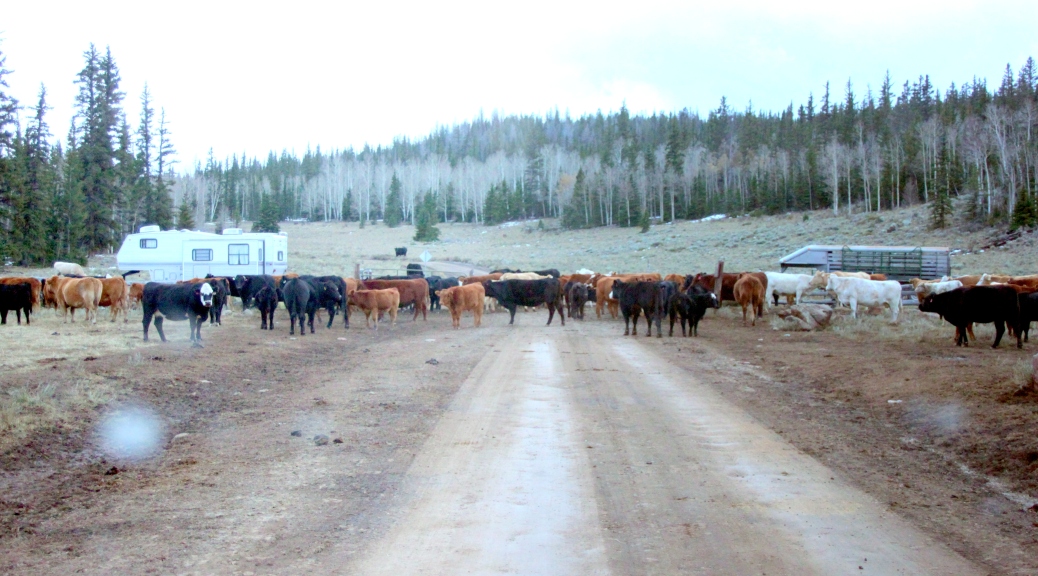
In every state in America, it is illegal to deposit human feces in a surface water. Poop in a creek, empty your RV sewage tank or outfall the sewage line from your cabin into a water body and hopefully you will be facing criminal charges. The reason for these laws is simple, feces of warm blooded animals harbor disease causing organisms, lots of them. Norovirus of cruise ship fame, Giardia, the beaver fever, the scourge of backpackers are among the more notorious examples. Rather than test for each and every one of these nasties, the standard test is for the fecal coliform bacteria Escherichia coli, commonly called E. coli. E. coli is used as an indicator, if it is present, the other germs are likely present as well. The lab test for fecal coliform is fairly simple and does not require a large sample size. Basically the test involves infecting a petri dish with water in question. The petri dish is incubated at human body temperature for 24 hours. Once out of the incubator the number of bacteria colonies growing in the dish are counted. The number of colonies allowed in drinking water is zero. The limit for water used for swimming or wading is 200 colonies. Continue reading Up Shit Creek




